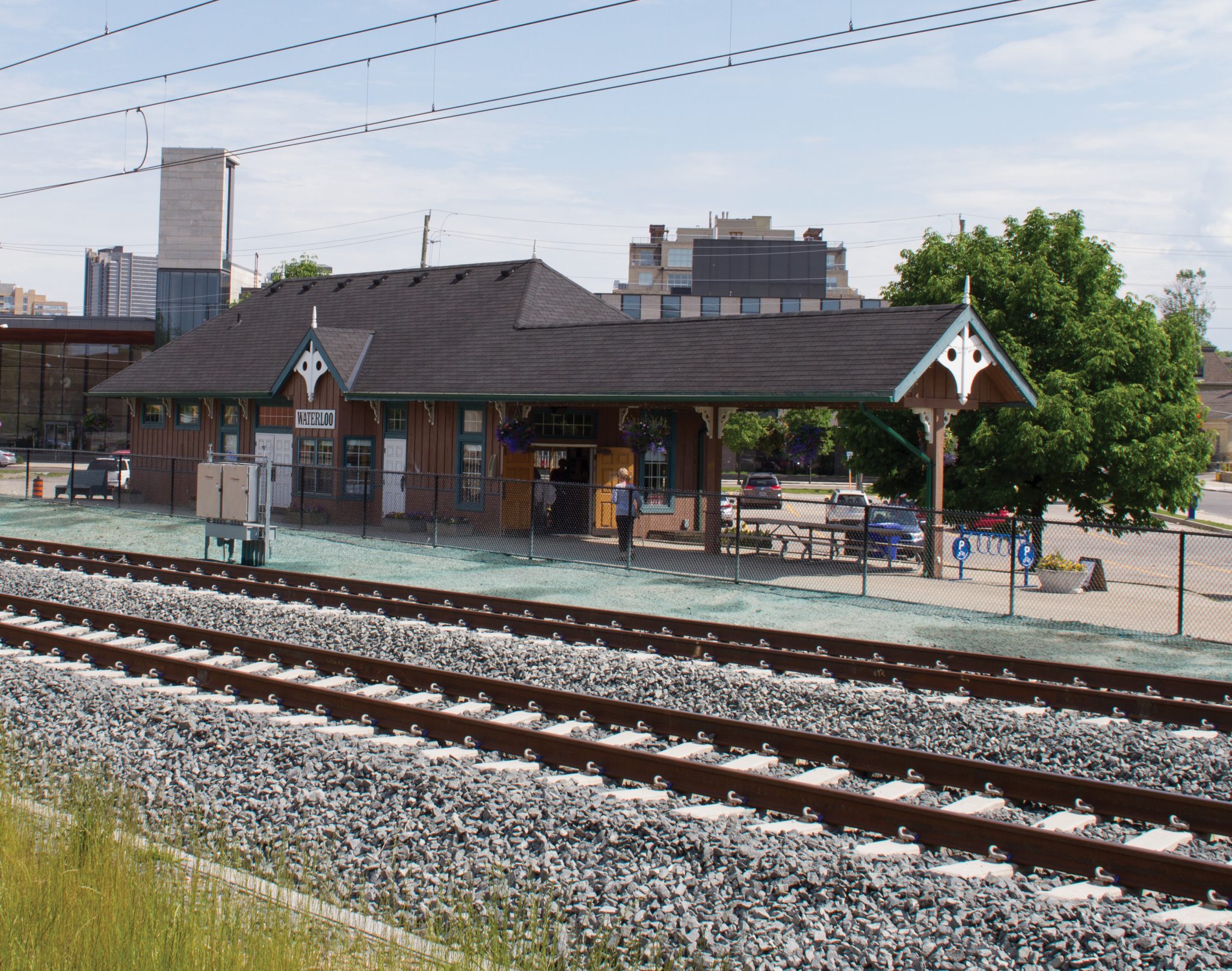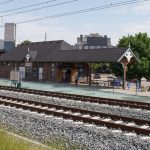High-speed rail confirms that commuters will have access to quicker travel from Waterloo


On May 19, 2017, Premier Kathleen Wynne announced to the public that the high-speed rail will be coming to the Waterloo Region by 2025. Wynne made the announcement in Kitchener regarding the new transit system which aims to benefit economic growth and reduce environmental impact of fossil fuel emissions.
The high-speed rail aims to have a positive impact by improving the lives of many citizens in Kitchener-Waterloo.
“High speed rail is something that we’ve been advocating for … for two main reasons: One, for the economic development that it would have in terms of everything that is happening around tech and innovation in Waterloo Region,” Berry Vrbanovic, Mayor of Kitchener, said.
“Secondly it’s important from a transportation point-of-view because of the number of people that are commuting between Waterloo Region and Toronto in both directions.”
Though the expected start date of the project is unclear, Vrbanovic explained that the preliminary design work can begin once a joint federal and provincial environmental assessment is completed.
“We could see that first phase of high-speed rail implemented as early as 2025, and that would include the stops that are at Toronto, Toronto Pearson International Airport, Guelph, Kitchener and London. Then by 2031 they suggested that stops in Chatham and Windsor can be implemented,” Vrbanovic said.
The high-speed rail is expected to improve the quality of life for many commuters to and from the Waterloo region. The impact on the lives of student is expected to change as well, Vrbanovic weighed in on the importance of accessible transportation for Kitchener-Waterloo’s post-secondary students before and after graduation.
“[Having] more transportation links between Toronto and the Greater Toronto Area is going to serve students at our three post-secondary-institutions well. Vrbanovic said.
It’s going to make it easier for people to go back and forth on weekends and it may make some people decide to commute.”
“I think the [high speed rail] has significant advantages and [will] keep young people in our community when they have graduated because having a rail in place will spur economic growth, which will create more jobs and keep young people here in the community.”
The province of Ontario has not indicated the cost of high-speed rail, however the environmental assessment will allow for cost estimations to better foreshadow the cost of the rail.
“What the province has indicated [is that] this isn’t something that the province plans on funding on their own, they see it as a private public partnership. Part of the environmental assessment process and the next steps will look at the construction model and funding model that will support the construction,” Vrbanovic said.
Vrbanovic also hopes that the rail system will influence the use of public transit to save individuals the hassle of purchasing a vehicle.
“This will result in a lot of families and young people potentially delaying the purchase of a car [due to] options of high-speed, GO, Via Rail and the Ion and bus transit in Waterloo Region, Vrbanovic said. It would add to the list of transportation options available for people.”
With the high-speed rail gaining popularity locally, those outside the community may also benefit from the Region of Waterloo International Airport.
“This also creates the potential – as Toronto Pearson International Airport grows – to see the Waterloo Region airport take some of the excess capacity off of Pearson and see more flights here locally and benefit local residents.”

